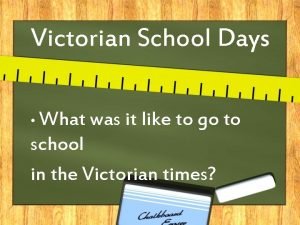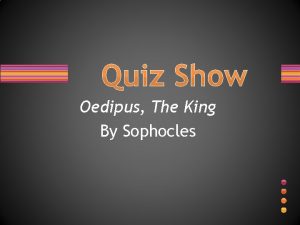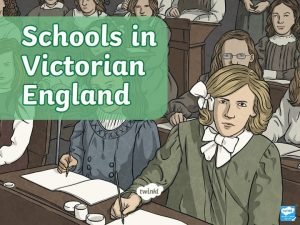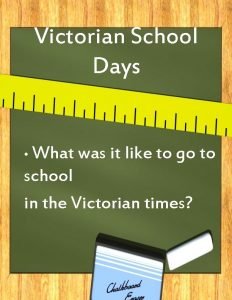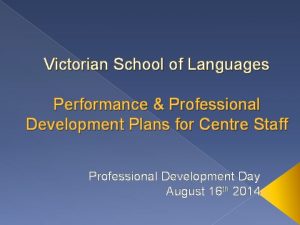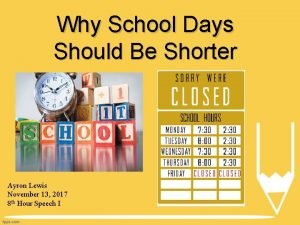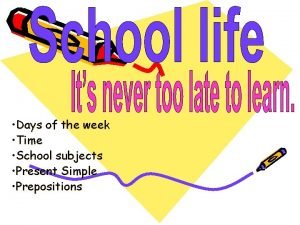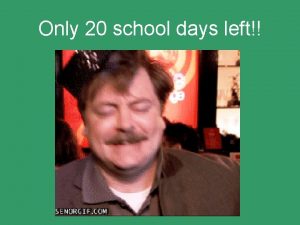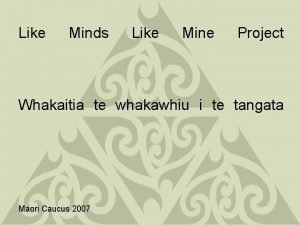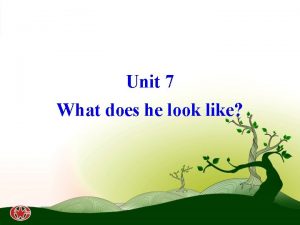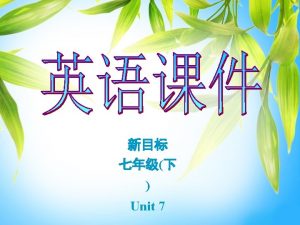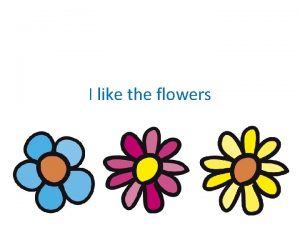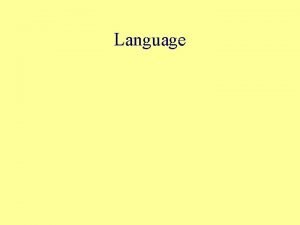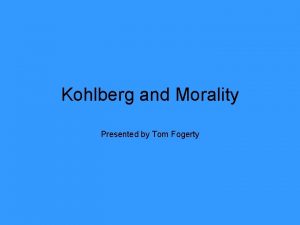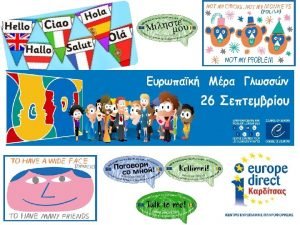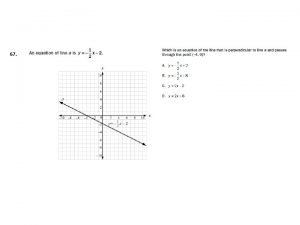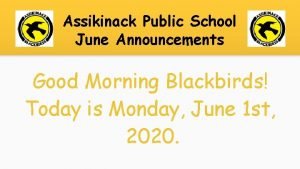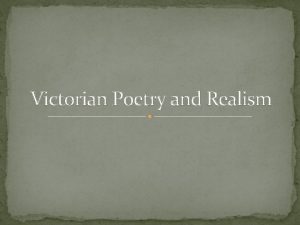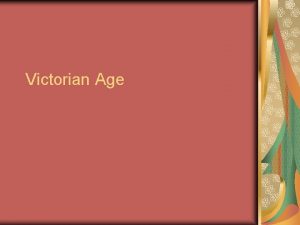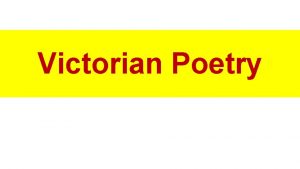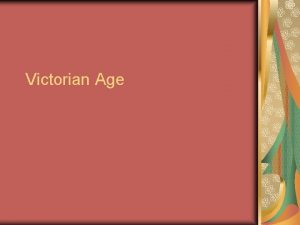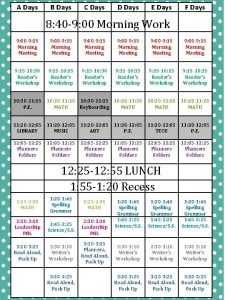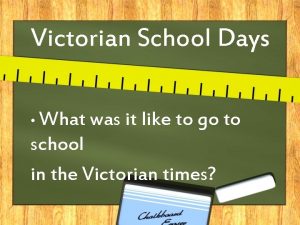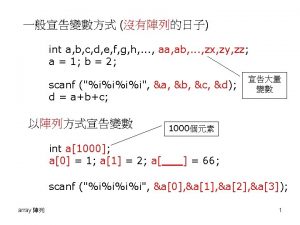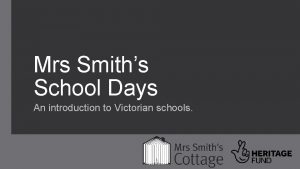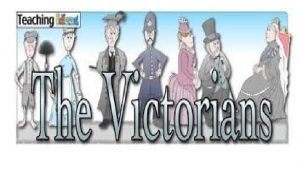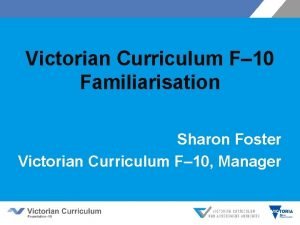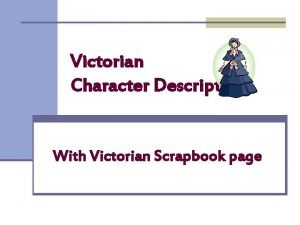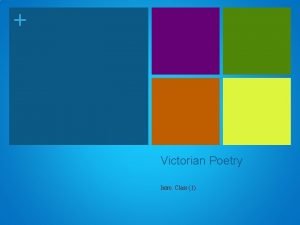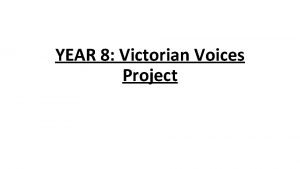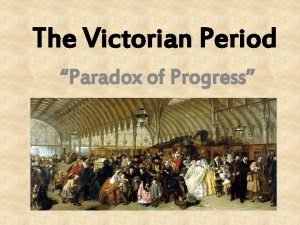Victorian School Days What was it like to






















- Slides: 22

Victorian School Days • What was it like to go to school in the Victorian times?

Who were the Victorians? The Victorians lived over one hundred and fifty years ago. They were called Victorians because the lived during the reign of Queen Victoria (1837 to 1901). Victorian People Queen Victoria

Timeline

Victorian school children Look at what the children are wearing is it similar or different to what you wear to school?

A Victorian School Children had to pay to go to school. If they didn’t bring the money they were turned away.

Who went to school in Victorian times? In early Victorian England, most children never went to school at all and grew up unable to read or write. Instead they were sent out to work to earn money for their families. Only children whose families had lots of money went to school. Rich Children from rich families were taught at home by a governess until they were 10 years old. Once a boy turned ten, he went away to Public schools like Eton or Harrow. There were very few schools available for girls, however, until near the end of the Victorian time. Wealthy girls were mostly educated at home. Where did poor children go to school? Poor children went to free charity schools or 'Dame' schools (so called because they were run by women) for young children. They also went to Sunday Schools which were run by churches. There they learned bible stories and were taught to read a little.

What did the children learn? Typical lessons at school included the three Rs - Reading, WRiting and, ARithmetic and Dictation. In addition the children were taught once a week geography, history and singing. Girls were taught how to sew. Schools did not teach music in the way that schools do now. Children sometimes did 'drill' in the classroom. Drill was a series of exercises that were done by the side of a desk.

What was it like to go to school in Victorian times? v. Children were often taught by reading and copying things down, or chanting things till they were perfect.

What was a Victorian School day like? The day usually began with prayers and religious instruction. Morning lessons ran from 9 a. m. to 12 p. m. Children often went home for a meal, then returned for afternoon classes from 2 p. m. to 5 p. m.

School Teacher Children were often scared of their teachers because they were very strict. Children as young as thirteen helped the teacher to control the class. These “student teachers” scribbled notes for their lessons in books . They received certificates which helped them qualify as teachers when they were older. In schools before 1850 you might see a single teacher instructing a class of over 100 children with help of students called “monitors”. The head teacher quickly taught these monitors, some of them as young as nine, who then tried to teach their schoolmates. Salaries were low, and there were more women teaching than men. The pale, lined faces of older teachers told a story. Some taught only because they were too ill to do other jobs. The poor conditions in schools simply made their health even worse. Sometimes, teachers were attacked by angry parents. They shouted that their children should be at work earning money, not wasting time at school. Teachers in rough areas had to learn to box!

School Students After 1870, all children from five to thirteen had to attend school by law. In winter in the countryside, many children faced a teeth chattering walk to school of several miles. A large number didn’t turn up. Lessons lasted from 9 am to 5 pm, with a two hour lunch break. Because classes were so large, students all had to do the same thing at the same time. The teacher barked a command, and the children all opened their books. At the second command they began copying sentences from the blackboard. When students found their work boring, teachers found their students difficult to control.

Punishment Cane Teachers handed out regular canings. Schools kept “punishment book” that every teacher would have to write in, and the reasons for the use of the crane would be: - rude conduct, -leaving the playground without permission, - sulkiness, - answering back, - missing Sunday prayers, - throwing ink pellets - being late Boys were caned across their bottoms, and girls across their hands or bare legs.

Punishment Dunce's Cap Punishment did not end with caning. Students had to stand on a stool at the back of the class, wearing an arm band with DUNCE written on it. The teacher then took a tall, cone-shaped hat decorated with a large “D”, and placed it on the boys head. Victorian teachers believed that all children could learn at the same speed, and if some fell behind then they should be punished for not trying hard enough.

Drill When its time for “drill”, a student teacher starts playing an out-of-tune piano . The children would jog, stretch and lift weights in time to the awful music. The teacher would ring a heavy , brass bell to announce the end of school and the students march out to the playground in perfect time

Playtime Outside the classroom there would be small yard. Games of blind mans buff, snakes and ladders, hide-and-seek and hopscotch are in full swing.

A Victorian Classroom

What was a Victorian Classroom like? Black board Abacus Schoo l Bell Look at the photo of the Victorian classroom what can you see? Writing Click on the words to find out more information. Slate Scho ol desk

What is a writing slate? Victorian children were taught to write at first with a tray filled with sand. They would copy a letter from the blackboard in to the sand with their finger. All children had to write with their right hand. When they could form the letters the children would write on a slate board. The teacher would check the children's work and the children would wipe the slate clean. This is where we get the saying, 'to wipe the slate clean' from. As children became older they were taught to write in copperplate handwriting. The children had to copy words and sentences from a copy book. As they used pens which had to be dipped in to ink, it was easy for the ink to splatter on the page. You would be punished if you did this.

What is a abacus? For math lessons, children used frames with colored wooden beads, called an abacus. Children learned how to multiply and divide using this apparatus.

School Desk The children's desks had a seat attached to the desk. Two children would sit together side by side. (Other desks might have three or four children all sitting together. ) There are slots on the top of the desk where the children can put their slates. There would also be holes for holding the inkwells. These would be filled in the morning by the ink monitor. There was also a ridge along the top to keep pens and pencils from rolling off the desk. Books were placed on a little shelf under the desk. The teacher's desk was much higher and so was the chair they sat on. This means that they would have a good view of all the children all the time. Sometimes the teacher's desk would have a cupboard at the front for the storage of books.

School Bell A bell would ring at the beginning and end of lessons. The bell would also ring at playtimes.

Black board The teacher would write the work for each lesson on the board for the children to copy down onto their slate boards or writing books.
 Victorian school day
Victorian school day Foliage used in the victorian era
Foliage used in the victorian era English georgian period floral design
English georgian period floral design What news does the messenger bring oedipus from corinth?
What news does the messenger bring oedipus from corinth? Victorian school rules and punishments
Victorian school rules and punishments Victorian school punishments
Victorian school punishments Victorian school of languages
Victorian school of languages Why school should be shorter
Why school should be shorter School subjects and days of the week
School subjects and days of the week Days left of school
Days left of school Would rather in negative form
Would rather in negative form Remo ualberta login
Remo ualberta login Which features of the sun look like huge cloudlike arches?
Which features of the sun look like huge cloudlike arches? Why does ethanol look like water but behave more like wood?
Why does ethanol look like water but behave more like wood? Like minds like mine
Like minds like mine What does he look like?
What does he look like? What does he look like
What does he look like Lied i like the flowers
Lied i like the flowers Ambiguities definition
Ambiguities definition Which is worse stealing like karl or cheating like bob
Which is worse stealing like karl or cheating like bob Takov
Takov Independent events formula
Independent events formula Lenore hetrick biography wikipedia
Lenore hetrick biography wikipedia
